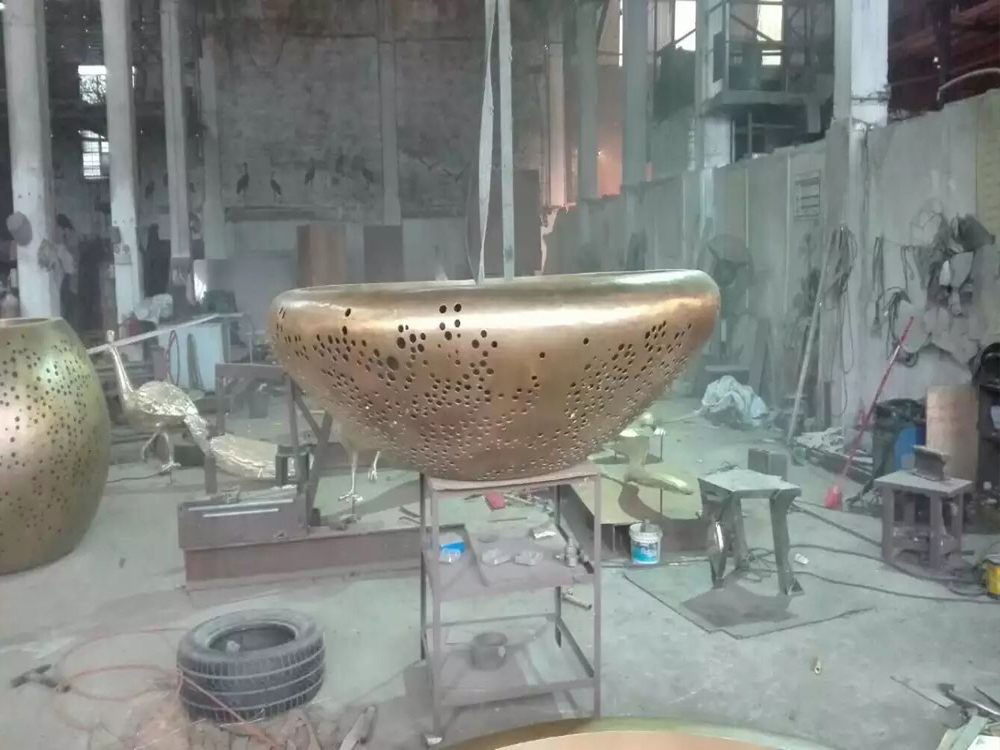
Artists around the world are increasingly turning to stone sculptures as a medium to engage with themes of environmental sustainability. By using natural, durable materials like marble, granite, and limestone, they create artworks that not only endure over time but also highlight the importance of preserving our planet.
One approach involves sourcing stones locally or from reclaimed sites, reducing the carbon footprint associated with transportation and extraction. For example, some sculptors repurpose discarded stone from construction sites, transforming waste into meaningful art. This practice underscores the value of resourcefulness and recycling in the fight against environmental degradation.
Additionally, many artists carve themes of nature—such as endangered species or melting glaciers—directly into their stone pieces. These works serve as poignant reminders of ecological crises, inviting viewers to reflect on humanity’s impact on the Earth. The permanence of stone contrasts with the fragility of the environments they depict, creating a powerful visual metaphor.
Some sculptors also integrate sustainable techniques, like hand-carving instead of energy-intensive machinery, to minimize their environmental impact. Others collaborate with conservation projects, donating proceeds from their art to fund reforestation or wildlife protection efforts.
Through stone sculptures, artists bridge the gap between art and activism, offering a tactile, timeless way to advocate for environmental stewardship. Their creations inspire viewers to consider sustainability not just as a concept, but as a call to action embedded in the very materials of the art itself.

